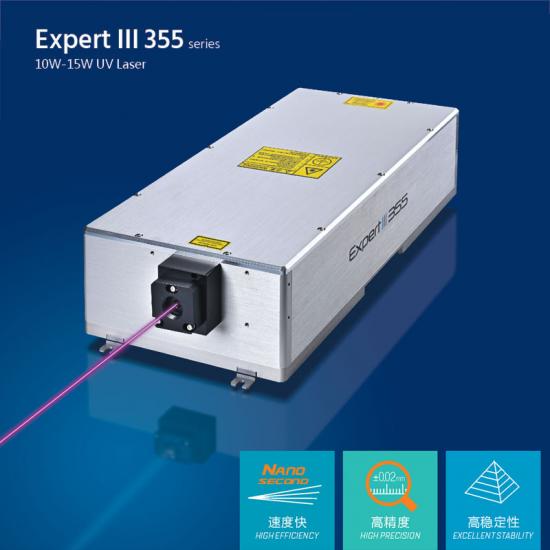Latest Blog
Why microelectronics processing applications benefit from UV lasers
Mar 22 , 2022Why microelectronics processing applications benefit from UV lasers
Why microelectronics processing applications benefit from UV lasers
UV lasers power a wide range of industrial tasks, particularly in microelectronics and display fabrication. That’s because UV light has unique properties that enables micromachining and other structuring tasks with higher precision and less heat damage to the part.
There are three big reasons why UV lasers can do this. First, just about everything –plastics, organic materials, metals, and semiconductors –strongly absorbs UV light. So, the laser energy effectively processes the material, rather than just passing right through it. This also makes UV lasers particularly adept at working the composites and multilayer materials used increasingly in microelectronics and other industries.

uv laser | green laser | Ultraviolet lasers | uv dpss laser | nanosecond laser | UV laser source | Solid State Lasers
Second, high absorption also means that the UV laser light doesn’t penetrate far into a material, effectively minimizing the size of the so-called “heat-affected zone.” The HAZ is the area surrounding the laser-produced feature (cut, hole, etc.) which might be damaged or have its properties altered by the laser light.
Third, UV light can be focused down better than longer wavelength visible or infrared (IR) light. This means a UV laser can make smaller holes or narrower cuts.
Nanosecond Lasers hit the "Sweet Spot”
Nanosecond pulse-width, diode-pumped, solid-state lasers are the most popular industrial UV source, because they represent the “sweet spot” for most manufacturers. They’re economically attractive (in terms of $ per watt), typically operate at relatively high pulse repetition rates, and are also available with fairly high output powers. This delivers cost-effective, high-throughput production.
But manufacturers are always seeking to further improve their processes and reduce costs. In terms of the laser source, this often means higher output power, because this usually enables increased process throughput.
There’s just one little problem with doing that with solid-state UV lasers. (Actually, there’s a bunch, but we’re just going to talk about one of them here!) This is because solid-state lasers emit infrared (IR) light. So, a third harmonic generation (THG) crystal is used inside the laser to convert the IR light to UV.
But, remember how UV light is absorbed so well in most materials? That means that it’s really hard to avoid at least some absorption of the laser energy in the THG crystal. And, because it’s inside the laser, the THG crystal is exposed to a lot of UV light.
One solution to this problem is to build a mechanism right into the laser that periodically physically moves the THG crystal. The idea is to keep changing where the laser beam is focused in the crystal before it catastrophically fails at any particular location.
This approach works well, and has used it for years on our products. Obviously, though, it increases the cost and complexity of the laser. Plus, every time the crystal is shifted to a new position, there are subtle changes to the output power and other beam parameters that can affect the process and therefore part quality.
Another approach is simply to ignore the problem altogether, and keep the THG crystal in a single spot until the laser dies. This makes the laser head much less expensive, and is a great idea as long as you don’t mind low laser reliability, poor output consistency, or short lifetime (<3000 hours).